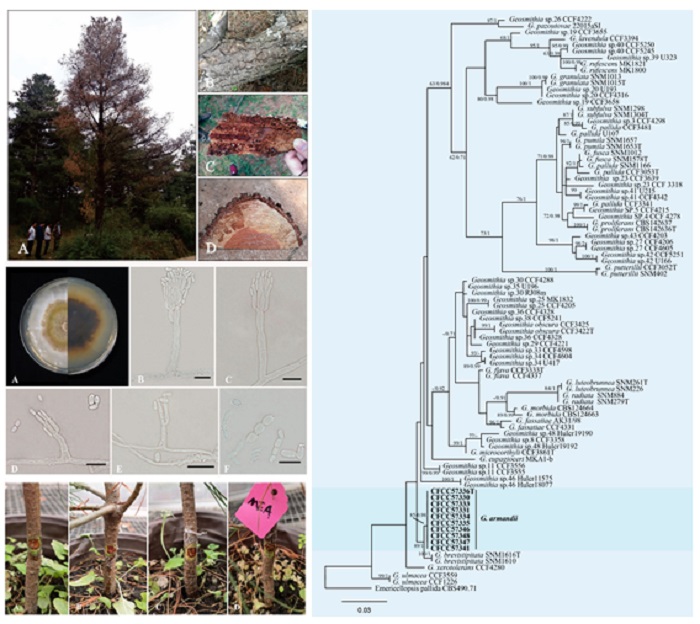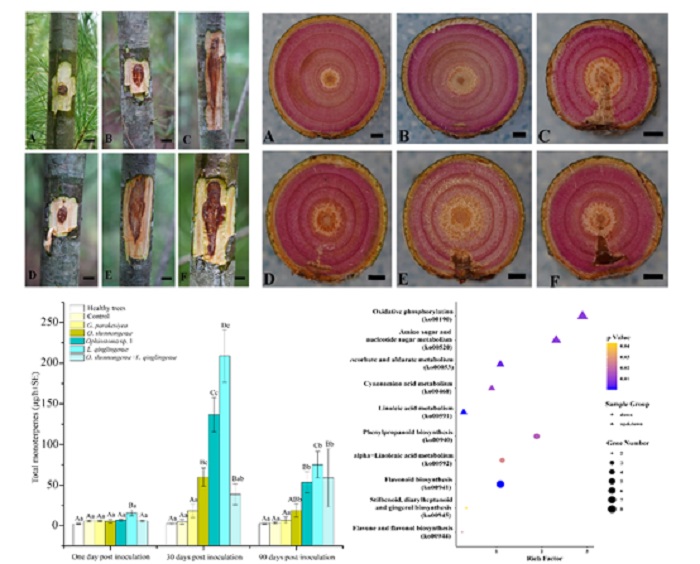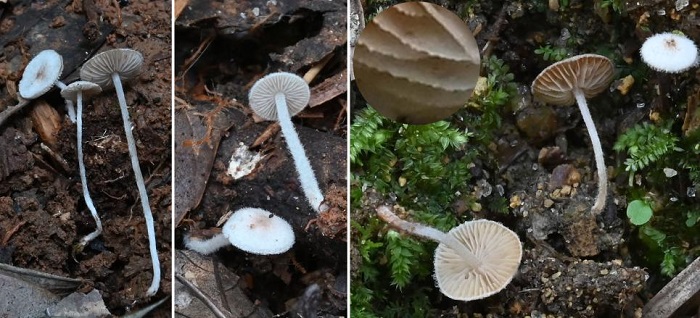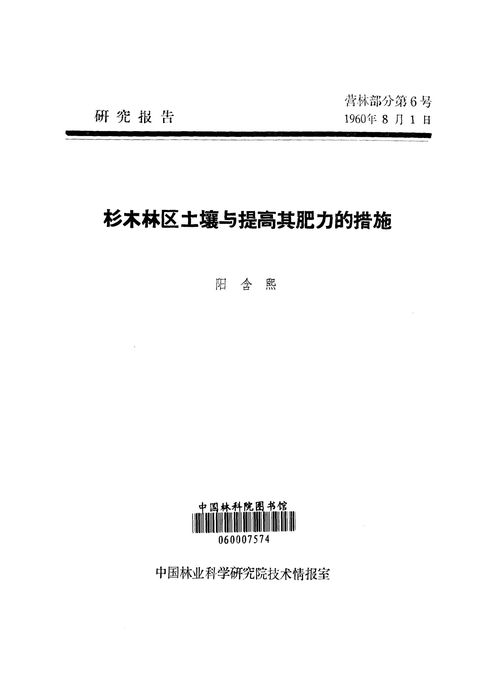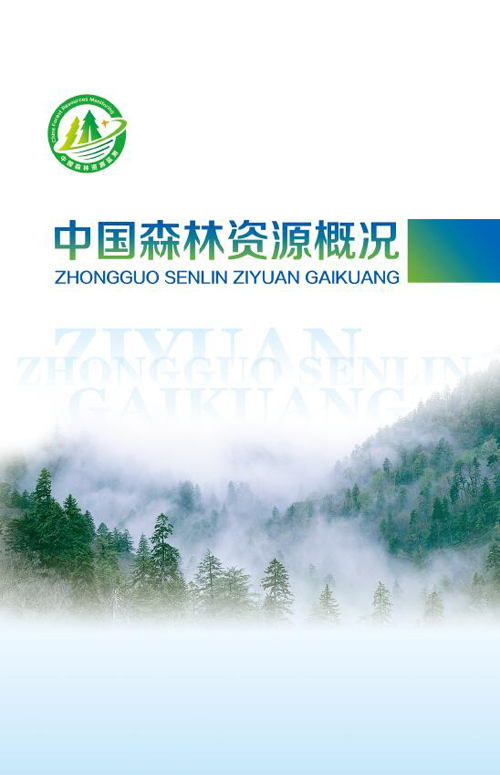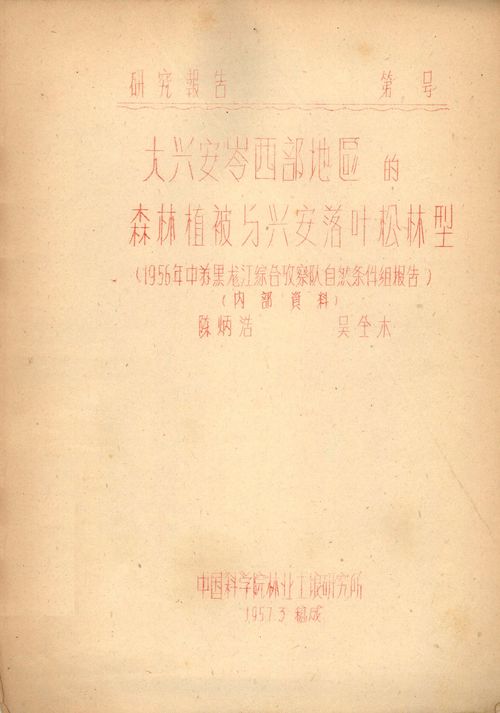
土壤原生病原体对森林植被及生态系统的影响
编号
lyqk005402


中文标题
土壤原生病原体对森林植被及生态系统的影响


作者单位
广西大学林学院,南宁 530004;广西大学林学院,南宁 530004;广西大学林学院,南宁 530004


期刊名称
世界林业研究


年份
2016


卷号
29


期号
5


栏目编号
1


栏目名称
专题论述


中文摘要
土壤原生病原体是影响植被和生态系统的重要因子,但是在森林生态系统中的地位和作用未能得到充分认识和研究。文中主要根据国外对土壤原生病原体的研究情况,对其类型、传播途径及植被的防御机制进行阐述,并探讨土壤有益微生物和土壤原生病原体的相互作用及原生病原体对生态系统的影响机制。


关键词
土壤原生病原体
真菌
卵菌
线虫
土壤有益微生物
森林生态系统
森林植被


基金项目
广西研究生教育创新计划项目(YCBZ2015016)。


英文标题
The Influence of Soil-borne Pathogens on Forest Vegetation and Ecosystem


作者英文名
Yan Li,Xia Chengbo and Wen Yuanguang


单位英文名
Forestry College,Guangxi University,Nanning 530004,China;Forestry College,Guangxi University,Nanning 530004,China;Forestry College,Guangxi University,Nanning 530004,China


英文摘要
Soil-borne pathogen is an important factor which can affect the vegetation and ecosystems, and nevertheless its status and functions to the forest ecosystems have not been fully understood and researched. This article reviewed the international studies on soil-borne pathogens, elaborated their types, route of transmission and the defense mechanism of vegetation, and discussed the interaction of soil beneficial microorganisms and soil-borne pathogens and their impact mechanism on the whole ecosystem.


英文关键词
soil-borne pathogens;fungi;oomycetes;nematode;soil beneficial microorganisms;ecosystems;forest vegetation


起始页码
22


截止页码
28


投稿时间
2016/5/11


分类号
S718.5;S718.8


DOI
10.13348/j.cnki.sjlyyj.2016.0038.y


参考文献
[1] OSTFELD R S, FELICIA K, VALERIE T E(eds). Infectious disease ecology:effects of ecosystems on disease and of disease on ecosystems[M]. New Jersey:Princeton University Press, 2010:58.
[2] ABER J D M. Terrestrial ecosystems[M]. San Diego:Academic Press,2001:217.
[3] SWIFT M J, HEAL O W, ANDERSON J M. Decomposition in terrestrial ecosystems[M]. Berkeley:University of California Press, 1979:83.
[4] PAUL E A. Soil microbiology, ecology and biochemistry[M]. San Diego:Academic Press, 2014:117.
[5] SCHWEITZER J A, BAILEY J K, FISCHER D G, et al. Plant-soil-microorganism interactions:heritable relationship between plant genotype and associated soil microorganisms[J]. Ecology, 2008, 89(3):773-781.
[6] LATZ E, EISENHAUER N, RALL B C, et al. Plant diversity improves protection against soil-borne pathogens by fostering antagonistic bacterial communities[J]. Journal of Ecology, 2012, 100(3):597-604.
[7] LYNCH J M. Introduction:some consequences of microbial rhizosphere competence for plant and soil[J].The Rhizosphere, 1990,31(4):1-10.
[8] RAAIJMAKERS J M, WELLER D M. Exploiting genotypic diversity of 2, 4-diacetylphloroglucinol-producing Pseudomonas spp.:characterization of superior root-colonizing P. fluorescens Strain Q8r1-96[J].Applied and Environmental Microbiology,2001,67(6):2545-2554.
[9] AGRIOS G N. Plant pathology[M].5th ed.Burlington:Elsevier Academic Press,2005:362.
[10] RAAIJMAKERS J M,PAULITZ T C,STEINBERG C,et al.The rhizosphere:a playground and battlefield for soil borne pathogens and beneficial microorganisms[J]. Plant and Soil,2009,321(1/2):341-361.
[11] GENIN S,BOUCHER C. Lessons learned from the genome analysis of Ralstonia solanacearum[J].Annual Review of Phytopathology,2004,42(7):107-134.
[12] ROCHON D. Fungal transmission of plant viruses[J].Current Protocols in Microbiology, 2009,34(1):87-108.
[13] LATIJNHOUWERS M, WIT P J G M, GOVERS F.Oomycetes and fungi:similar weaponry to attack plants[J].Trends in Microbiology,2003, 11(10):462-469.
[14] SCHARDL C L,CRAVEN K D.Interspecific hybridization in plant-associated fungi and oomycetes:a review[J].Molecular Ecology,2003,12(11):2861-2873.
[15] ELLIS J G,RAFIQI M,GAN P, et al. Recent progress in discovery and functional analysis of effector proteins of fungal and oomycete plant pathogens[J].Current Opinion in Plant Biology,2009,12(4):399-405.
[16] KAMOUN S,FURZER O,JONES J D G,et al.The top 10 oomycete pathogens in molecular plant pathology[J].Molecular Plant Pathology,2015,16(4):413-434.
[17] KAMOUN S.Molecular genetics of pathogenic oomycetes[J].Eukaryotic Cell,2003,2(2):191-199.
[18] BOZKURT T O,SCHORNACK S,BANFIELD M J,et al.Oomycetes, effectors, and all that jazz[J].Current Opinion in Plant Biology,2012,15(4):483-492.
[19] GHEYSEN G,MITCHUM M G.Plant cell monographs:molecular insights in the susceptible plant response to nematode infection[M].London:Springer,2008:1-37.
[20] GRIFFIN D M.Ecology of soil fungi[M].London:Chapman and Hall,1972:355.
[21] BRIDGE P,SPOONER B.Soil fungi:diversity and detection[J].Plant and Soil,2001,232(1/2):147-154.
[22] STANGHELLINI M E,MILLER R M.Biosurfactants:their identity and potential efficacy in the biological control of zoosporic plant pathogens[J].Plant Disease,1997,81(1):4-12.
[23] DUPLESSIS S,CUOMO C A,LIN Y C,et al.Obligate biotrophy features unraveled by the genomic analysis of rust fungi[J].Proceedings of the National Academy of Sciences,2011,108(22):9166-9171.
[24] DJAMEI A,KAHMANN R.Ustilago maydis:dissecting the molecular interface between pathogen and plant[J].PLoS Pathogens,2012,8(11):1-4.
[25] RONSHEIM M L.Plant genotype influences mycorrhiza benefits and susceptibility to a soil pathogen[J].The American Midland Naturalist,2016,175(1):103-112.
[26] AKINSANMI O A,DRENTH A.Phosphite and metalaxyl rejuvenate macadamia trees in decline caused by Phytophthora cinnamomi[J].Crop Protect,2013,53:29-36.
[27] LAMBERS H,CHAPIN III F S,PONS T L.Plant physiological ecology[M].New York:Springer Science & Business Media,2008:67-69.
[28] YAMAJI N,CHIBA Y,MITANI-UENO N,et al.Functional characterization of a silicon transporter gene implicated in silicon distribution in barley[J].Plant Physiology,2012,160(3):1491-1497.
[29] MA J F,YAMAJI N.Silicon uptake and accumulation in higher plants[J].Trends in Plant Science,2006,11(8):392-397.
[30] POSCHENRIEDER C,TOLRÀ R,BARCELÓ J.Can metals defend plants against biotic stress?[J].Trends in Plant Science,2006,11(6):288-295.
[31] BIERE A,MARAK H B,Van DAMME J M M.Plant chemical defense against herbivores and pathogens:generalized defense or trade-offs?[J]. Oecologia,2004,140(3):430-441.
[32] KADER J C.Lipid-transfer proteins:a puzzling family of plant proteins[J].Trends in Plant Science,1997,2(2):66-70.
[33] RAIKHEL N V,LEE H I,BROEKAERT W F.Structure and function of chitin-binding proteins[J].Annual Review of Plant biology,1993,44(1):591-615.
[34] CHISHOLM S T,COAKER G,DAY B,et al.Host-microbe interactions:shaping the evolution of the plant immune response[J].Cell,2006,124(4):803-814.
[35] FLOR H H.Current status of the gene-for-gene concept[J].Annual Review of Phytopathology,1971,9(1):275-296.
[36] VIGER M,HANCOCK R D,MIGLIETTA F,et al.More plant growth but less plant defence?:first global gene expression data for plants grown in soil amended with biochar[J].GCB Bioenergy,2015,7(4):658-672.
[37] PIETERSE C M J,JONGE R,BERENDSEN R L.The soil-borne supremacy[J].Trends in Plant Science,2016,21(3):171-173.
[38] TINKER P B.The role of phosphorus in agriculture:role of rhizosphere microorganisms in phosphorus uptake by plants[M].Madison:American Society of Agronomy, Crop Science Society of America, Soil Science Society of America,1980:617.
[39] MEANS N E,KREMER R J,RAMSIER C. Effects of glyphosate and foliar amendments on activity of microorganisms in the soybean rhizosphere[J].Journal of Environmental Science and Health(Part B),2007,42(2):125-132.
[40] BURGES H D. Formulation of microbial biopesticides:beneficial microorganisms, nematodes and seed treatments[M].New York:Springer Science & Business Media, 2012:186.
[41] PIERSON III L S,PIERSON E A. Roles of diffusible signals in communication among plant-associated bacteria[J].Phytopathology,2007,97(2):227-232.
[42] RICE E L. Allelopathy[M].San Diego:Academic Press, 2012:231.
[43] WELLER D M.Pseudomonas biocontrol agents of soilborne pathogens:looking back over 30 years[J].Phytopathology,2007,97(2):250-256.
[44] KOBAYSHI D Y,REEDY R M,BICK J A, et al. Characterization of a chitinase gene from Stenotrophomonas maltophilia strain 34S1 and its involvement in biological control[J].Applied and Environmental Microbiology,2002,68(3):1047-1054.
[45] STUBER K,FREY J,BURNENS A P, et al. Detection of type III secretion genes as a general indicator of bacterial virulence[J].Molecular and Cellular Probes,2003,17(1):25-32.
[46] WOO S L,SCALA F,RUOCCO M, et al. The molecular biology of the interactions between Trichoderma spp., phytopathogenic fungi, and plants[J].Phytopathology,2006,96(2):181-185.
[47] WESTE G. The dieback cycle in Victorian forests:a 30-year study of changes caused by Phytophthora cinnamomi in Victorian open forests, woodlands and heathlands[J].Australasian Plant Pathology,2003,32(2):247-256.
[48] MITCHELL C E. Trophic control of grassland production and biomass by pathogens[J].Ecology Letters,2003,6(2):147-155.
[49] OSTFELD R S,KEESING F,EVINER V,et al.Infectious disease ecology effects of ecosystems on disease and of disease on ecosystems:effects of pathogens on terrestrial ecosystem function[M].Princeton:Princeton University Press,2008:272-274.
[50] WARING R H,CROMACK K,MATSON P A,et al.Responses to pathogen-induced disturbance:decomposition, nutrient availability, and tree vigour[J].Forestry,1987,60(2):219-227.
[51] REMOLD S K.Unapparent virus infection and host fitness in three weedy grass species[J].Journal of Ecology,2002,90(6):967-977.
[52] LOVETT G M,CANHAM C D,ARTHUR M A,et al.Forest ecosystem responses to exotic pests and pathogens in eastern North America[J].BioScience,2006,56(5):395-405.
[53] WESTE G,BROWN K,KENNEDY J,et al.Phytophthora cinnamomi infestation:a 24-year study of vegetation change in forests and woodlands of the Grampians,Western Victoria[J].Australian Journal of Botany,2002,50(2):247-274.


PDF全文
浏览全文


-
相关记录
更多
- 全国林业检疫性、危险性病害(病原微生物部分)(3) 2023
- 祁连山西水林区亚高山灌丛土壤氮素含量海拔梯度变化特征 2023
- 全国林业检疫性、危险性病害(病原微生物部分)(2) 2023
- 火干扰对森林凋落物分解的影响研究进展 2023
- 全国林业检疫性、危险性病害(病原微生物部分)(1) 2023
- 盐水浸泡法分离植物线虫试验 2022
 打印
打印
